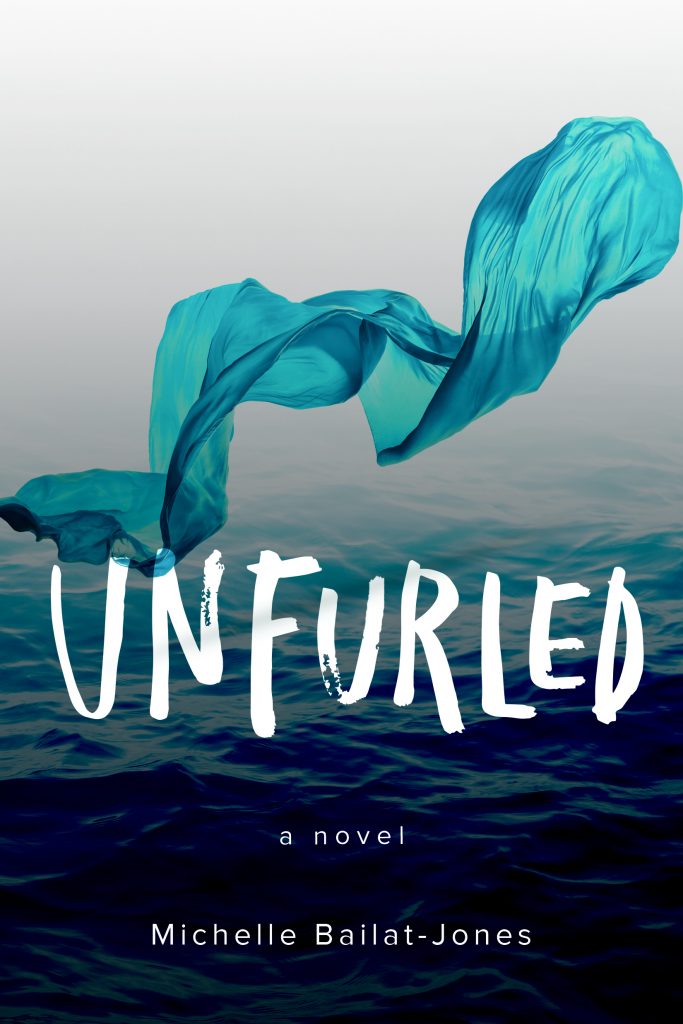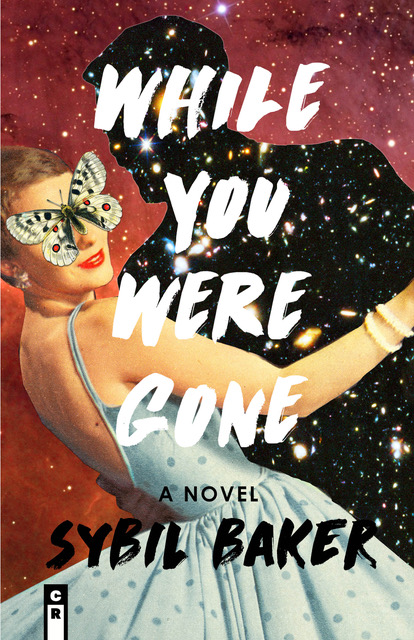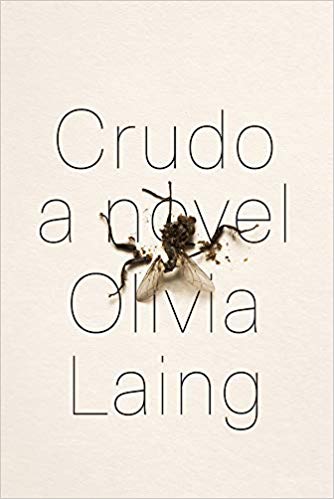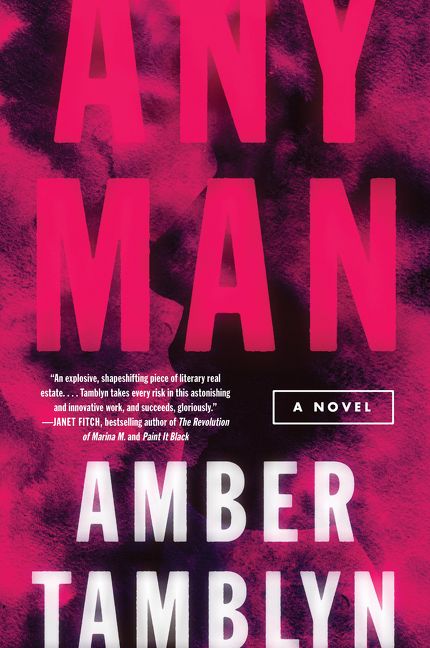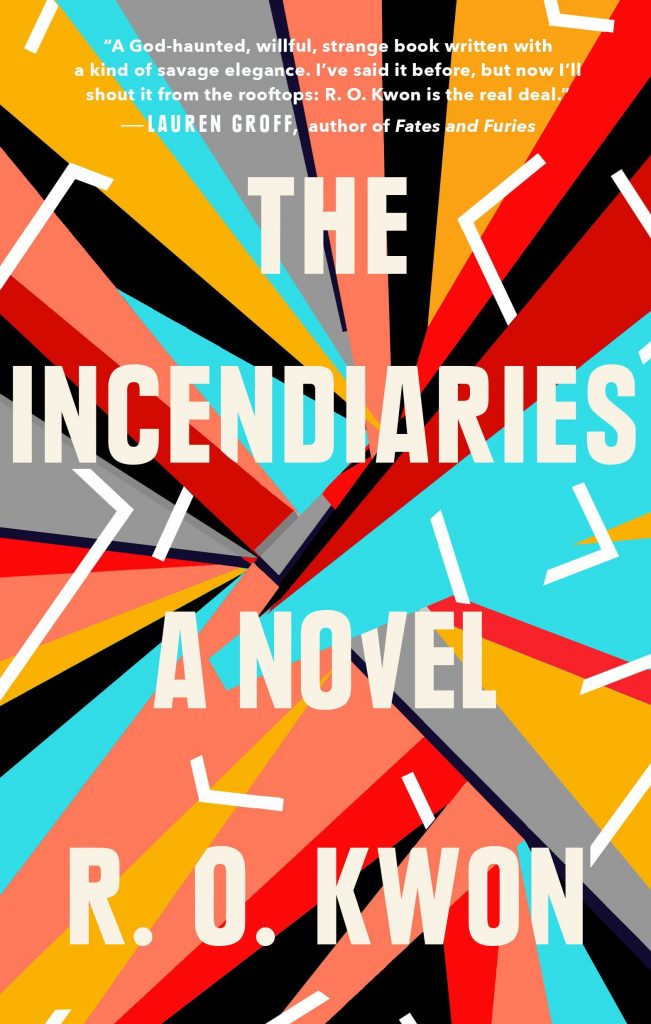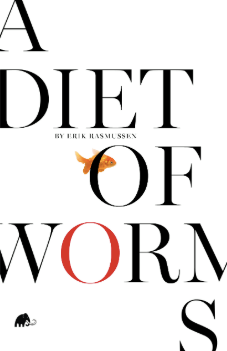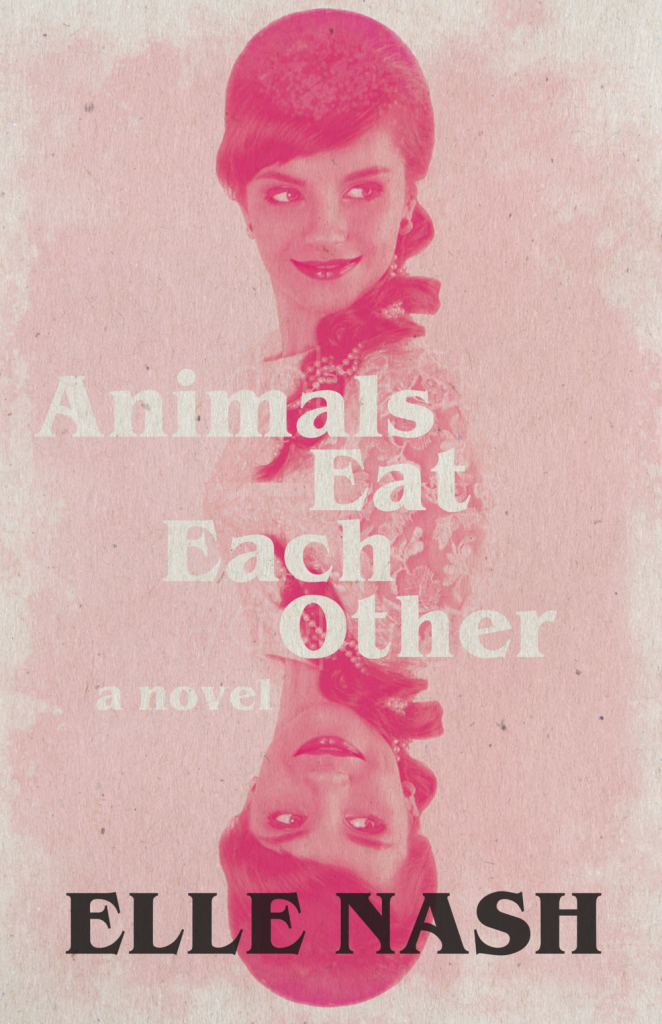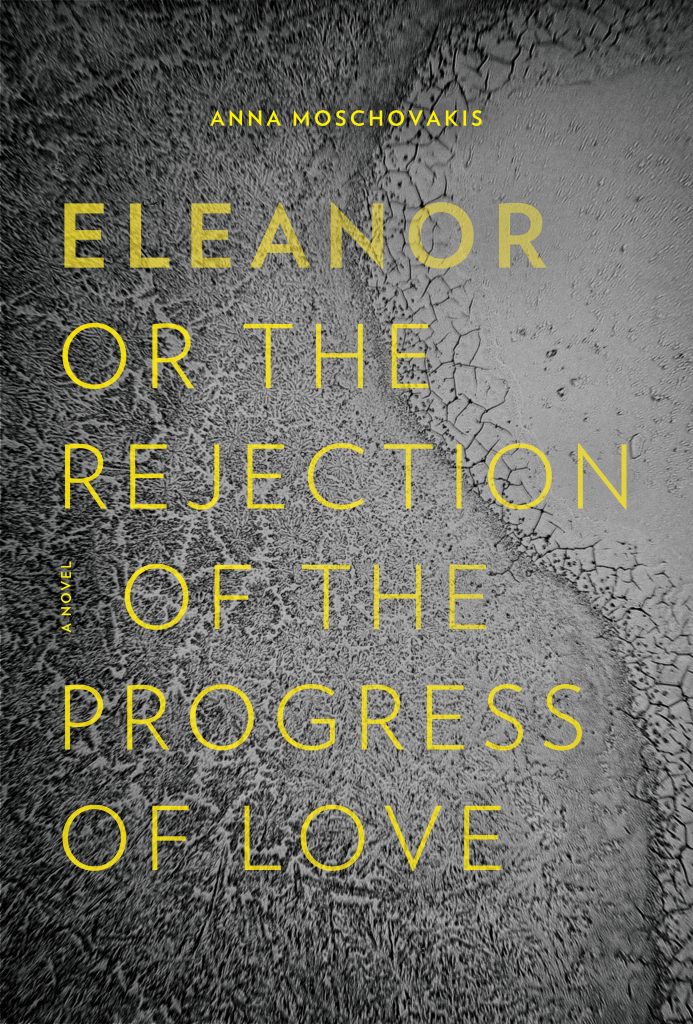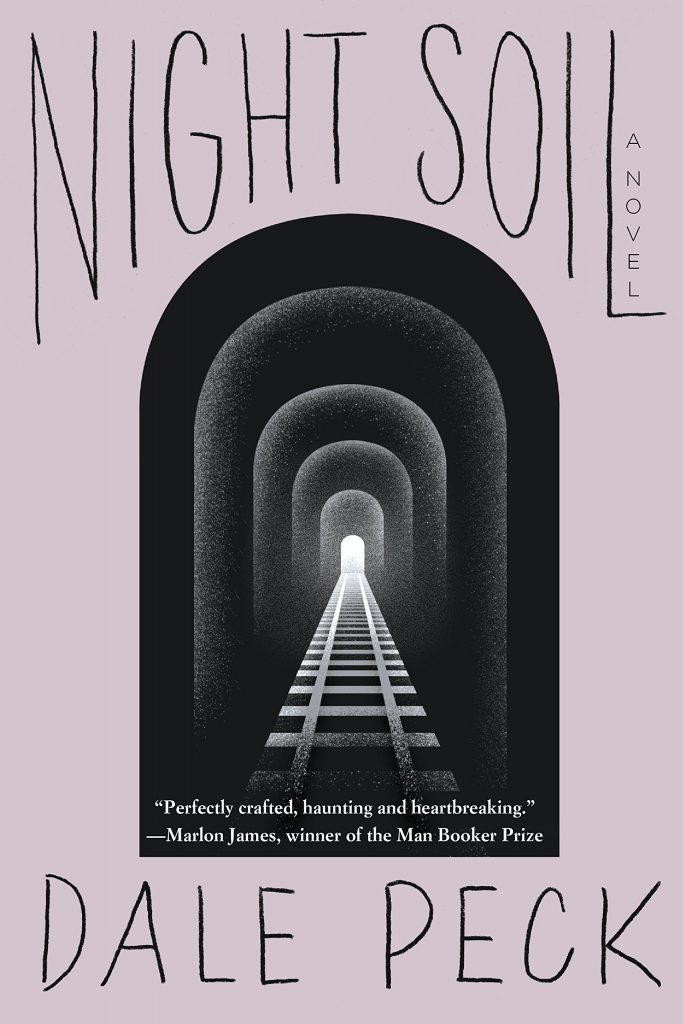
(Soho Press, 2018)
INTERVIEW BY MAIKIE PAJE
__
Judas Stammers knows what it means to be different. He’s intelligent, shy, and unabashedly irreverent. His mother is Dixie Stammers, handcrafter of perfectly spherical, perfectly identical pots that sell for millions of dollars. His ancestor is a nineteenth-century coal magnate who put up a school to take care of a mountain he built at the end of his life. That Judas is a gay boy who yearns for a relationship with one of his schoolmates and has anonymous sexual encounters in a roadside rest area are the most normal things about him. Oh, and he has a vivid birthmark that covers one side of his body. That’s just the surface of Dale Peck’s thirteenth book, Night Soil.
Born in Long Island, raised in Kansas, and now based in New York, Peck began his writing career in the MFA program at Columbia University in the 1980s. His first novel, Martin and John (1993) is considered a gripping must-read about the era of AIDS. Over the years, he’s gained a reputation as a cutting literary critic, with the most notorious of his reviews compiled in his 2004 book, Hatchet Jobs. Peck is a writer well-versed in the eclectic and iconoclast. He has been imparting his, candid, straight-to-the-point insights to students in Creative Writing Program at The New School for several years.
One sunny afternoon this summer, I had the pleasure of meeting up with him in a Brooklyn coffee shop for a tell-all about his new novel.
Maikie Paje: You’ve gone through so many phases in your writing and your style’s changed over the years, so who is the Dale Peck who wrote Night Soil?
Dale Peck: This book came out of a lot of different places, seven or eight different impulses. I wanted to write a difficult book, the hardest book I could possibly write. I always write about family and sexuality, and I wanted to write about race and the environment. I wanted to write something that was very formal on the level of the sentence, maybe demanding a little more attention than some of the other things I write. I don’t think this is a permanent way of writing for me, especially because the narrative is so deeply embedded in the book. It took a lot of planning.
The real first impulse for Night Soil was this crazy thing many, many years ago. I was the prize in a raffle. If you won the raffle, you got to commission a book review from me. You could tell me what the book was and whether I should give the book a good review or a bad review. I was very well-known for writing nasty book reviews at a certain period of my career. So, when this raffle was happening, Jonathan Franzen’s Freedom was being published. “You will be asked to review Jonathan Franzen’s Freedom and you will be asked to give it a good review,” that’s what everyone said. The person who won the review was actually a New School student. She wasn’t quite in on the joke, so she said, “I’m going to make it hard for you, you gotta give Freedom a bad review.” I don’t know if you’ve read that book, but it closes with the establishment of this large nature preserve. There’s also a lot of writing about nature in the book that I kind of wanted to offer a different view on. The conservancy in my book started out as a response to the nature preserve in Freedom.
MP: You said, “started out.” Aside from Franzen’s Freedom, what drove the creation of Night Soil?
DP: It was also originally part of a larger book project, a book of eleven short stories and one novella. It was supposed to be the novella. I wanted the whole thing to be about 25 to 30 thousand words and it was very clearly not going to be that. I think the first chapter of that piece is 15 thousand words already. The book of short stories was responding to another book of short stories (because this is something that I often do)—well, essays in this case—called The Twelve Caesars by second century Roman historian Suetonius. One person once described him to me as the Kitty Kelley of Roman historians. There was no competing with Livy, the definitive hagiography of the culture and the people and everything else, so Suetonius decided to do something different—a very novel idea at the time—which was to tell the truth, to describe people in their imperfections. We owe our knowledge of the fact that Caligula and Nero and probably a few other emperors were incestuous to Suetonius. He had a really great eye for detail. The sentence that really got me was that, when he was talking about Tiberius, the third emperor, he said that Tiberius was so strong that he could press his thumb through the skull of a teenage boy. That’s a good detail!
I was struck by a similarity between his characters and a lot of my characters, which is that they have these hero complexes and think that everything would be fine “if you would just do exactly what I said.” It was a long series of projects that I was working on and now I actually don’t know if I am going to finish it or not. Night Soil was going to be the Caesar Augustus story. The whole reason why Judas has a purple birthmark is because of the color’s associations with the Roman emperor, little things like that.
MP: How did Night Soil go from that original Suetonius response story to the full-fledged novel it is now? What was the process, rather, the evolution like?
DP: At the time I started the book, I thought that I was about to receive this very large check. I thought, “I’m just going to make this book as weird, as dense, as strange as I can, and I don’t care if it just sells three copies! It’s just going to be for me, so I’m going to have fun with it!” I worked on it for six months and it became clear that I was not going to get this particular windfall, so I wrote five or six other books (mostly not under my own name). I came back to Night Soil two or three years ago, and there was no making it more normal. I said, “I like the book” so I was just going to follow its very strange logic where it led me.
Some of my books, I plan out ahead of time and I have a really clear idea of what they’re going to be. But this one was just very incremental; a lot of things were discovered in the course of the writing process which is why it took me three and a half years of writing time plus another five years of background cogitation to get it all together.
MP: Your book covers so many issues and topics at once. Which really came first: creating Judas Stammers or his long, convoluted family history?
DP: Octavian, Augustus Caesar, was adopted by Julius Caesar, but his actual family were the Balbi, which translates into the Stammerers. It was straight up taken from that and I was torn between either calling them the Stammerers or giving one of the characters a stammer. But there’s that John Irving book already and Jonathan Lethem’s narrator in Motherless Brooklyn has Tourette’s so I didn’t want to do any weird vocal tic. I think the first real thing that crystalized for me was Dixie’s pottery. And I knew Judas’s father was going to be missing the whole time, so I just began looking for reasons why he would be missing. I didn’t realize he was going to turn out to be Dixie’s twin brother until fairly late in the book.
MP: That was a crazy plot twist! Would you consider it an unusual choice for you?
DP: You know, in my generation, there was just a lot of incest in our books. It was just a very big thing then. For me, it’s a go-to plot point. I have to not do it but, you know, it’s just such a kick! It was usually very traumatic in the books of my youth, except in the case of Kathy Acker’s very famous book Blood and Guts in High School, in which this father and daughter are having this torrid affair. The daughter loves it. She gets mad when he breaks up with her and ends up marrying some other woman. Dirty, dirty, nasty little book!
I didn’t want to normalize the incest in Night Soil. I wanted you to feel bad for poor Dixie, that her brother loved her so much that he had to run away from her. They slipped up that one time and look what happened!
MP: Let’s backtrack a bit and talk about your setting. You said you based it on a nature preserve. What led you to choose, rather, to create this very specific fictional location and its background?
DP: I was very interested in the idea of writing about regionality in the US without specifying the place. I say that it’s in the South, but I never really say where. The winter, as I made it, is probably a little colder than you get in the South. I looked at a lot of maps of Tennessee for inspiration and I’ve driven though that state a few times. They have nice mountains and it does get a little colder up there than it does in other places in the South. But the setting in the book is not really Tennessee. I wanted to give it a southern but also vaguely midwestern ruralness, with the embedded ideas about race and such.
The idea of going all the way back to Marcus’s time was originally not part of the book, but once I went there, it became endlessly more fascinating. It came to dominate the book. Everything that happened in the front story is because of what had gone on in the past. Researching about coal mining and that crazy age of the robber barons was so fascinating. I had various ideas, but the first line just came to me, as it sometimes does, and it went on from there and I followed it into all these funny places. There was a lot of revision, a lot of stuff I’m always telling students not to do, like knowing what you’re going to do ahead of time to save yourself from having to rewrite everything. I rewrote this many, many times as I tried to work out the kinks. I was very pleased when my editor was willing to publish it because it’s just so damned strange. I was never in a hurry. I took my time with it and let it take me where it was going to take me.
MP: When I think about the past of the South, I think about cotton and tobacco plantations. Why did you choose to write about coal mining? It’s a very loaded topic, so was there a specific motivation for taking that direction?
DP: One of the issues that I had with Franzen’s Freedom is the idea that there happens to be this thing called nature and it’s distinct from human culture. I don’t believe that. Often, when you hear people talking about nature, what they’re really talking about is an artificial construct called nature and I wanted someone to literalize that. Eventually, I came up with this fake mountain range that Marcus Stammers had built. Who the hell can afford to build a fake mountain range? Well, he’s going to have to be someone with an enormous fortune. How did people make fortunes in the 19th century? There are only half a dozen ways and one of the big ones is mining of some kind.
I chose coal because I think coal is a hot-button issue today. We do have a lot of coal in the US but it’s a terrible, terrible way to make energy. On one hand, we can free ourselves from dependence on foreign oil, but on the other hand we’re going to pollute the sky and so on. It’s just a really, really messy, messy business. I did know, once I’d created the conservancy and the coal mines, that I was going to have to destroy the coal mines at the end. A seam of coal that big—people are going to be lining up to get at it, sort of wolves at the door waiting to start drilling again.
MP: How did the idea to destroy the coal mine evolve into creating the Academy? It was where former slaves would eventually become students and teachers. Was it a dig at the so-called white man’s burden or was it a manifestation of Marcus Stammers’ guilt?
DP: I wanted the Academy to be something that had started out as just a complete ruse on Marcus Stammers’ part. Basically, he closed the mines because there was going to be a law suit and he was probably going to lose everything because he’d killed too many workers due to negligence. Even though they were black people and it was the 19th century, he recognized there was a very major threat. He was really old by then and he didn’t care anymore anyway, so he said, “we’ll close the damned mines!” And then he needed a project (when he did something he didn’t do it halfway, he did it a 110 percent), so he started building this mountain range and stream. Then he realized that he’d need someone, something, to take care of it. He didn’t want it to look like a business and so he called it a school. But all the school was really doing was teaching gardening. Then, as it happens, somebody signed on to work for him and had their own ideas about things. Eventually, this other philosophy emerged. There’s a weird moment at the end of Marcus’s life which could have been pure delusion or could have been some sort of genuine breakthrough: he spouted a few words and these people made up a philosophy out of it.
Though everything originated as a white man’s dream with white man’s money, it ends up completely run by black people for black people. And okay, this institution, like so many American institutions, has racist roots and is now being perpetuated by black people. Or have they reclaimed it in some way of their own? I definitely wanted readers to wonder about it, the fact that in a hundred years, no one has ever dropped out, no one has ever run away, everyone just stayed until the end and somehow converted to the cause. Is that a testament to its persuasiveness or to the cultish nature of the project? Again, I didn’t want there to be a super clear answer to that.
In the first draft, I wanted to write something, something at a ‘school’ and I just changed the word to ‘Academy’ and let that sit in my head a while. I wrote the first two chapters before I stopped writing the first time. I put it away for a little while, then probably six or five years ago, I wrote the Parable of the Man Lost in the Snow.
MP: Can you talk about that parable a bit? I enjoyed seeing it at the end of the book, trying to solve it on my own. How did you decide to tie it in with the main story?
DP: Initially, that was just a short story but then very quickly, I realized that this story was enunciating some of the ideas floating around in Night Soil, which was then still very unfinished. I put it in the context of the Academy and began exploring it that way. Writing that really helped me understand what the Academy was doing, at least from a philosophical point of view, and to sort of get back into the book and write the rest of the story.
It’s probably one of my favorite short stories. My last book as well had this sort of a right turn at the end. Like, here’s one narrative, and here’s something rather different appended to it. I don’t know if it’s becoming a pattern. I have half a dozen strange little pieces and I may very well tack them onto the end of various books over time.
MP: Let’s talk about the Academy’s one glaring white student: Judas Stammers. He’s quite the crazy, complex, and irreverent character! Where’d Judas come from? Was he an idea that became a character or did you base him off someone?
DP: I think there’s a lot of me in Judas, especially my dark, dirty urges, then magnified into perversions. I like the challenge of writing a character who is smarter than I am and who is more educated than I am. With Judas, especially from the education point of view, he really knows a lot. It was hard for me to indicate the extent of his knowledge because he knows so much more than I do and also to make it seem very natural in the context of all that. I have a lot of anger at political and social and philosophical injustice in the world. In giving Judas this birthmark, I think he gets so many sympathy points as it were, for this anger that people can tolerate. If you were walking around like that and everyone was staring at you, you’d be really angry too. I think that disarms readers a bit.
In the Kirkus review for Night Soil, the reviewer said that Judas’s birthmark was a symbol of his family’s misdeeds. Even though, on some level, I knew people would think of it this way, I tried not to. There are some things you just know are going to happen. Heather Abel was my student when she was working on The Optimistic Decade and I told her, “you know people are going to think about this as a metaphor for Israel, right?” She said, “No, absolutely not!” When the Times review came out, the reviewer talked about what a lovely metaphor it was for the state of Israel. Heather definitely knew what they thought, but if you write to that, then you make it too one-dimensional. So for me, that tattoo—it was always more of a tattoo in my head in a way than a birthmark—was just a way for Judas to disarm the reader, to get sympathy so that he could be angry without alienating people. He’s already rich and male and white. He’s got a lot going for him. He’s too entitled and he’s just going to sound whiny, but if he’s got this crazy, weird mark covering half of his body, it makes people more sympathetic when he rails against the deep-seated perversity of our culture. People are more likely to listen to him.
As the world crystallized, I thought about how the reader was likely to respond to him. I think legacies can be really deforming when it’s just that overwhelming. Look at the Jacksons, the way that they destroyed their faces in the relentless pursuit of fame—and that’s just pop music. Or think about crazy royals and all the nutty, inbred traditions they uphold. We all just like Harry because he seems relatively like a human being even while he goes through all the motions. I think that someone with a legacy like Judas’s is likely to be a little strange.
MP: How much of the way Judas describes things in technicolor comes from the author’s personal style choices and how much of it is from Judas being simply smart, crazy, vivid Judas?
DP: I’m going to say it’s a little more Judas than it is me. The sentences are not very typical of me. I’ve done them before, but not for very sustained passages like this, never for more than like five or ten pages or one little character who’s part of a much bigger picture. To do the whole thing like that was a lot of hard work, just a lot of revising of every single sentence, every paragraph. It was definitely the character who created himself and created his voice, and I just really tried to listen to that and realize it in a distinct way.
MP: In most writing, you see sentences or paragraphs about beautiful landscapes or scenery and think “oh, that’s the author.” But where did that absolutely filthy rest area bathroom scene come from?
DP: Many years ago, when my third novel came out in 1998, I was reviewed with a writer who just happened to be a good friend of mine, Heather Willis. Our books were described as transgressive and were both panned. They said people who write transgressive books are just trying to shock people. Neither Heather nor I considered our books transgressive, nor were we trying to shock anybody. We were both just trying to tell the truth about our experiences, either personal ones or just the way we see the world. This very square reviewer thought that we were just trying to shock people with weird, crazy things like sexual compulsions or families that beat up their children. It’s just the world that we grew up in, sorry!
I like some transgressive books, like George Bataille’s Story of the Eye. It has these little kids, like eleven- or twelve-year-olds having sex on an altar and raping the priest, peeing on him… It was like early 20th century Marquis de Sade. I wanted to write something that I thought was transgressive in my book. I wanted to show how inculcation in a profoundly western, Greek philosophical tradition could lead you to the level of depravity that Judas reaches. It took a lot of cogs and levers and everything else to get there, but, definitely—100 percent—I want to shock people. I’d never wanted to shock people before, but that was the goal here.
MP: So, the tattoo—see, I’m saying it now, thanks—was meant to attract attention one way or the other. How does that figure into the idea of Judas as a sexual being?
DP: I’ve written Judas as a very modern person in the sense that his sexual orientation isn’t an issue for him. That’s partially because at the Academy, like any all-boy institution, especially all-boy schools, there are going to be lots of boys having sex with each other and most of them will not grow up to be gay. It’s about what’s handy. Teenagers want to have sex, and if all you have are people of the same sex around you then that’s who you’re going to have sex with. Boys have been doing that since time immemorial. Judas was in that environment and he had a mom who didn’t care. Fine, be gay and everything else, but you have this tattoo, this birthmark, and that’s going to make it hard to find people who are not put off—just speaking realistically about how the world works.
Sex in roadside rest areas and public bathrooms, it’s a very timeless gay pastime. It’s fading away by and large. In England, it’s still very popular. I lived in England for three years, and my roommate had a standing date in the fourth-floor bathroom of the South Bank Centre in London. He’d go there every Thursday and meet this guy. After nine months they decided, “why don’t we get a coffee” and dated for a couple of years. But you know, they just had sex in the building while Shakespeare plays were being performed downstairs.
MP: Did you draw on a lot of other real-life stories for Judas’s exploits?
DP: I read a lot of gay literature about cottaging and I actually wrote a story that was inspired by my friend’s adventures in those bathrooms. There was a cemetery he used to go to, too, and all kinds of crazy locations. For good or for ill, gay men will have sex anywhere.
Judas’s was basically a kid with a large mark. It was bound to cause psychological damage. If you’re learning to have sex, it’s not the healthiest environment in which to learn. I hope that the reader can see how much he was enjoying it and how bad it was for him at the same time. To me, the redeeming value of the scene is that it’s tragic. This poor kid has such contempt for the way he looks and can only find sexual pleasure in this environment that reeks of feces and urine. He convinces himself that he’s in a sort of sexual heaven. I know people who really love cottaging, but I’ve never met anyone who cottages in a place like that. I don’t think that for this kid, though, with all his baggage, that this was ever going to be healthy for him. He might be having a good time, but he was still fourteen when he started.
MP: How would you characterize Judas’s relationship with his fellow Academy student, Lovett Reid?
DP: I always knew he was going to end up having some kind of relationship with a legacy at the school. I wanted most of the kids who went there to have come from orphanages, to not have a specific connection to it, but I also wanted a few of the students to be actually descended from the slaves Marcus had working in his coal mines. They had to be very conscious of it. So to be Lovett Reid, whose father forces him to go to this school, which, to Lovett, seems to be a symbol of the enduring legacy of slavery yet somehow seems to his father to be a better education than he’s going to get in a private school—you can imagine his anger. It would also give him an independence because he feels like an outsider at that school. I’d say 360 students or something like that—I worked it all out so it comes out to 444 with the faculty and the teachers—are all living together in this foundry. They all have this shared identity of being orphans, whereas the half a dozen townies all have families to go home to. They’re outsiders, just like Judas is. It seemed that if Judas was ever going to get lucky with a boy in his school, it would be with one of the legacies who also felt like something of an outsider.
There’s just that childlike innocence—they were in upper sixth form, the equivalent of 12th grade—about staring at things that adults are taught not to stare at and being fascinated by things that adults would be too self-conscious or perhaps even too nice to be fascinated by. Lovett just finds Judas’ birthmark interesting. He doesn’t mean to be cruel, but Judas is acutely conscious of the fact that’s what Lovett finds attractive or interesting about him. That, and treating him like this sort of dress up doll. I never really decided if Lovett was gay or not. To me, his identity was just as a legacy at the school. How would a legacy student at the Academy treat Judas, not how a gay boy or a straight boy or even a black boy would—just how would a legacy at that place with all the history like that treat the great-great-great-grandson of the founder. Judas is gay as the day is long, but Lovett, I never decided.
MP: Speaking of characters being full-formed or undecided in the progress of the novel, we haven’t really talked about Dixie Stammers, Judas’s mother and a self-styled potter. How did you come up with her character? Was she inspired by anyone in particular?
DP: Unconsciously, I think that she’s inspired by the mother of an ex-boyfriend of mine who was a potter. She made very beautiful Japanese-inspired porcelain, nothing obsessive. Temperamentally, that woman could not be any more different from Dixie if she tried. I wanted the mother to be some kind of artist, not necessarily to the exclusion of her parental duties, but being a parent was not the center of her existence. Most children define that as a huge betrayal, especially with the mother (which is unfortunate and unfair—the double standard that women get placed in all the time). Fathers are expected to have jobs, careers, and all that, whereas mothers are supposed to just have a supplementary income to support the family. The family is their first love, all that sexist bullshit.
I wanted Dixie to be a great artist of some kind. I didn’t know if great meant talented or just meant being obsessive and individual. Somehow pottery came in because Liz (that ex’s mother) is just the sweetest lady and I used to love the fact she made pots and she used a wheel—obviously Dixie did not —then I just sort of came up with pottery and did some research on certain ancient traditions of that art. I was very surprised to learn that a sizeable chunk of pre-Columbian pottery was made with the coil method, which seemed fairly amazing to me. I don’t know if any of those pots are completely spherical, the Native American ones, but a lot of them are pretty damned close. They are just amazing feats of craftsmanship and so I just began building up what Dixie was making as something like that. Slowly, this idea of identicality and mechanical perfection emerged and took shape. Out of anything that I’ve created, Dixie’s pots are my favorite. I don’t know how I got there, but I find the idea of a person doing this to be endlessly fascinating. It just holds my attention.
MP: Dixie’s strange brand of negligence is a very big part of her character. Was that intentional or a byproduct of her being such an obsessive artist? Or was it something else?
DP: I wanted this neglectful mother. I think I was kind of inspired by the mother in Helen DeWitt’s Last Samurai. I really love the relationship between the mother and son in that book, which is much closer than the relationship between Dixie and Judas but has some similarities in some strains.
I wanted Judas to be headstrong. To my mind, Dixie understood her son better than he did himself. She understood how independent he was. I think it’s probably difficult to look at the product of your incestuous union with your brother with completely neutral eyes, especially when he has this birthmark. Obviously, the chances of this birthmark went up because she and her brother both carry the gene. I looked it up, there’s a 300 million to one chance that someone is carrying the gene, and even if both parents carry the gene, the odds of it are hundreds of thousands to one that both people will pass on the gene to the child for this to happen. You look at the birthmark and you think of it as a sign of sin, but really, it’s just bad, bad luck. It’s the son she had with her brother, the one time she slept with him, and that’s got to make you feel weird.
I think also, Dixie is this woman surrounded by this incredibly male tradition. I don’t even mention the grandfather’s wife’s name, which would not have been important in the family history. It’s all about the men. The men, the men, the men. She’s excluded from this whole tradition, but she’s brilliant, and she explores it. She’s obviously smarter, more talented than her father, and she knows that her son is being steeped in the same tradition. She’s letting him go to the school. She knows that’s part of it and she believes you have to find your own way with that. Maybe it’s tough love, maybe it’s neglect.
MP: Night Soil has a memoir-like quality to it. How far back in Judas’s past is the main story, and does it being in retrospect affect the way that he tells it?
DP: To my mind, the book is being written around now. Judas is almost 20 years older than he is at the time the book takes place. He’s definitely looking back on it from a distance. I can never decide if I think that Judas is completely fucked up or if he’s relatively sane, all things considered. On one hand, maybe he’s completely nuts in his own self-destructive way or maybe he’s found a way to synthesize all this information and history and his physical self into a mode of being that kind of works for him.
MP: You estimated that you worked on Night Soil for six or eight years. A lot of that time included a huge amount of research. What was the most fun thing to research? Was there anything that you struggled with to make this book your version of believable?
DP: I liked learning about pottery. It was very deliberate there at the end when she begins making her own clay. I didn’t look up ways that you can’t do it, but I’m pretty sure you can’t actually do it the way she did, watering down and diluting clay and purifying it. I always liked that sort of flaw in the carpet, as it were, just to indicate the unreality, but then I really invest in it.
When I wrote a book about my father’s experiences on a dairy farm, I invented this entire apparatus that I called the boom collar as a way of locking the cows in place so they don’t run away when you attach the claw to the udders – just a suction tube, really nothing major. But it was terrible. I just invented this whole apparatus and I gave it half a page, but it doesn’t exist. And I love throwing in a little thing like that because I’m not a realist. I like fooling people. I like it when people are reading something and go “is this real?” and they’re reminded they’re in a book.
I did look up lots of other things like how those things work. Some of that knowledge sticks around and some of it goes away, and a lot of it was just looking things up for the sake of the book, for the sake of making Judas sound erudite. My single favorite word in the book is orological, which means mountain building. I discovered it while doing a crossword puzzle after I had finished the book. It went in the very final draft.
MP: With all the twists and turns of events in the book, is there a scene you’d call your favorite, something you loved working on best?
DP: I really love the book, I have to admit. I love the beginning of chapter 4, when Marcus makes the mountains, that particular history. I really love the rest area scenes—so over-the-top. I love the parable.
Oh, you know what I really love? The scene where Dixie’s mother and father and brother see the shadow coming off the mountain. The first time they see Potter’s field, her brother and her father turn around and she sees the deer get out from under the shadow and run off. She has this kind of moment. It’s somewhere in chapter 3. Nothing too terribly perverse going on!
MP: To wrap up, how would you sum up Night Soil?
DP: I tried to pack every damned thing I could in there. I wanted this book to have a lot of layers.
I guess I’d say it’s about intersectionality, to use a very modern word. It’s about what happens when family and race and nature and philosophy intersect with desire and where that takes you. Which is shaping which? Is the desire shaping all these other ideas or are all these other ideas shaping your desire?
__
Maikie Paje is an MFA candidate in the Creative Writing Program at The New School. She is a former English teacher from the Philippines and her main creative interests are fantasy, speculative fiction, historical fiction, and literary fiction. Her work has been published in The Philippine Star, Home Lifestyle and Interiors, Blush Anthology, The Inquisitive Eater, and The Rumpus.

![[PANK]](http://pankmagazine.com/wp-content/themes/pank/assets/images/pank-logo-large.png)

